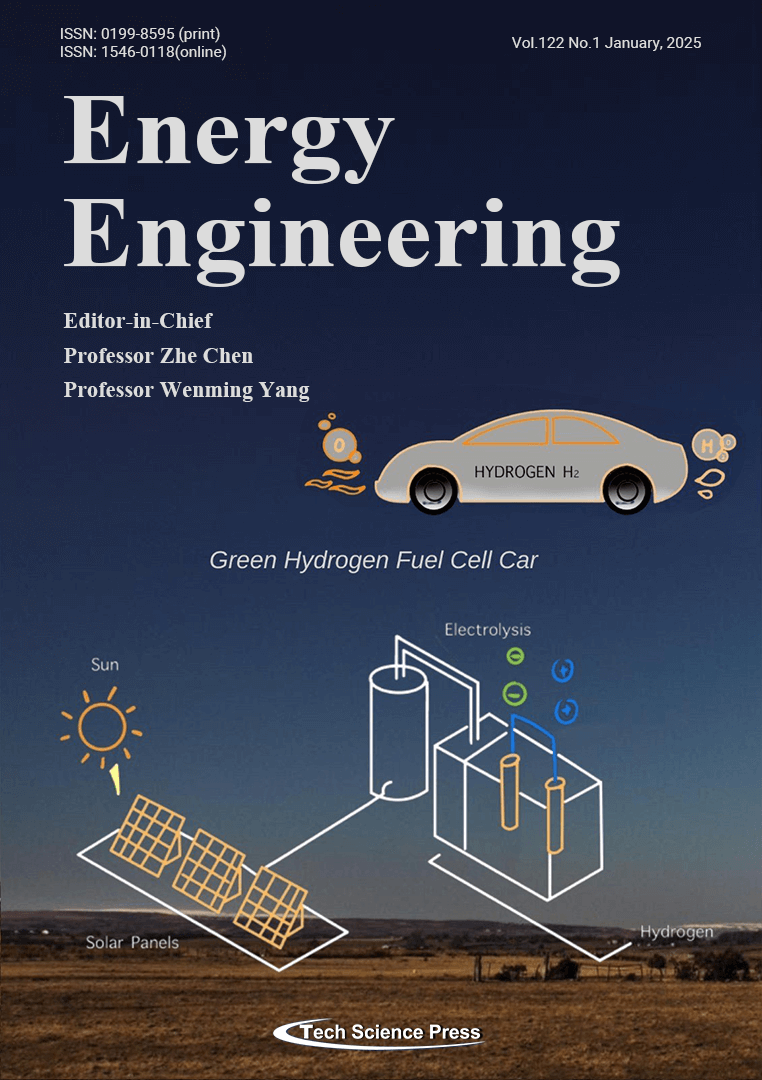
A hydrogen energy storage system (HESS) is one of the many rising modern green innovations, using excess energy to generate hydrogen and storing it for various purposes. With that, there have been many discussions about commercializing HESS and improving it further. However, the design and sizing process can be overwhelming to comprehend with various sources to examine, and understanding optimal design methodologies is crucial to optimize a HESS design. With that, this review aims to collect and analyse a wide range of HESS studies to summarise recent studies. Two different collections of studies are studied, one was sourced by the main author for preliminary readings, and another was obtained via VOSViewer. Overall, this review summarized various takeaways that future research works on HESS can use.
View this paper